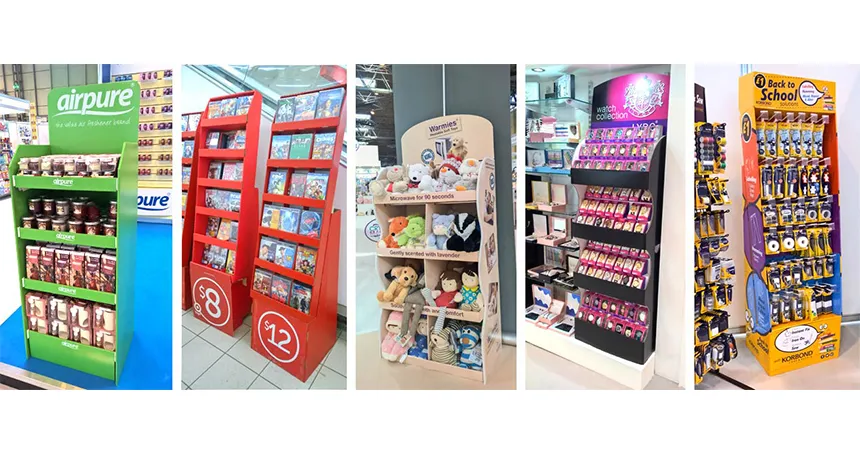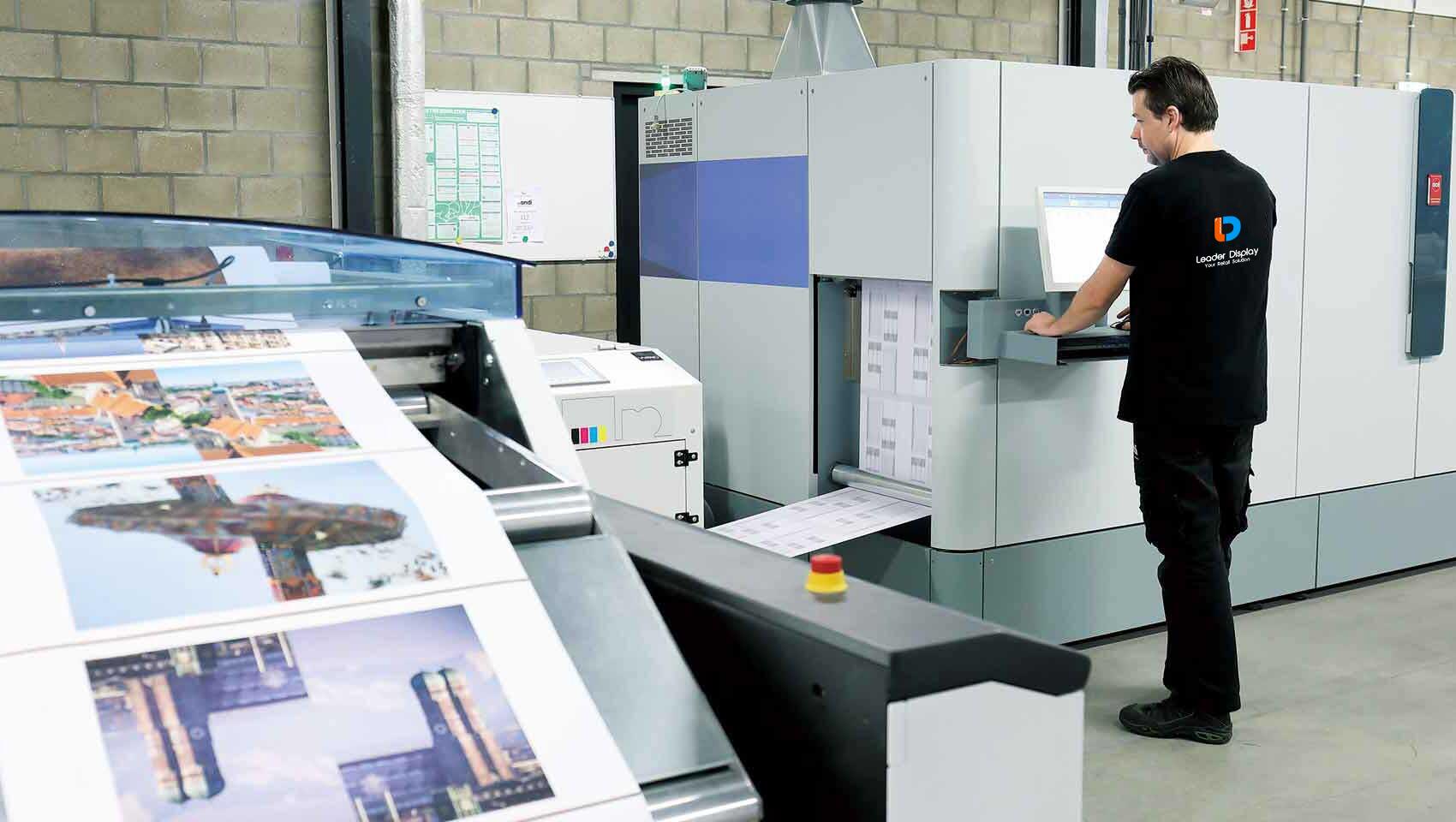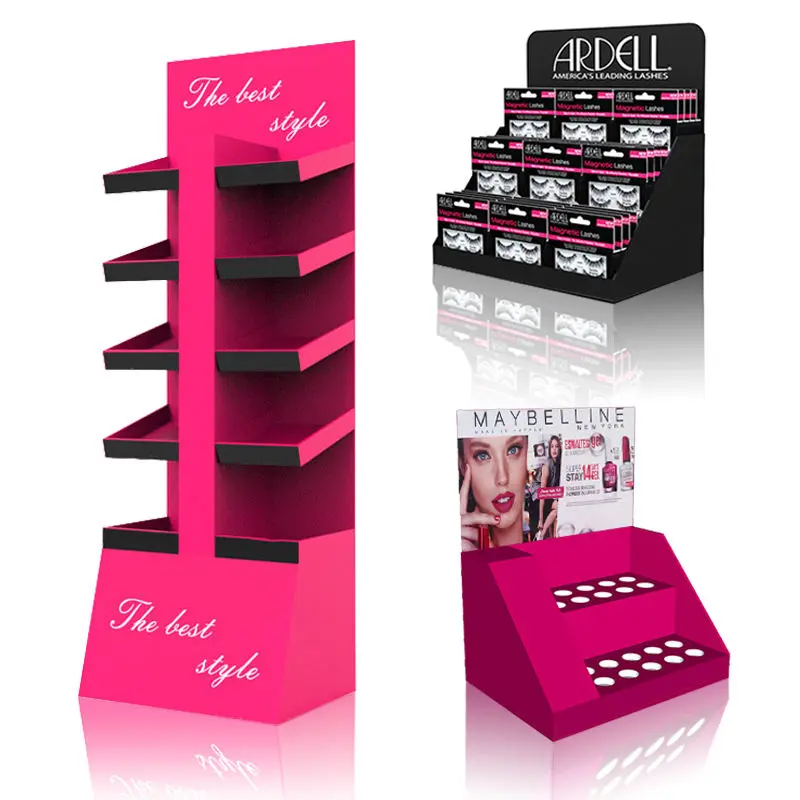Planning a cosmetic launch is stressful. You worry your products will be overlooked on crowded shelves. A failed promotion wastes money, and that feels awful. Custom displays can make your product the star.
To successfully launch a cosmetic promotion, you must set clear goals and a budget first. Then, design an eye-catching display that reflects your brand. Finally, you need to manage the logistics for delivery and track your sales results to measure success. This strategic approach ensures your investment pays off.
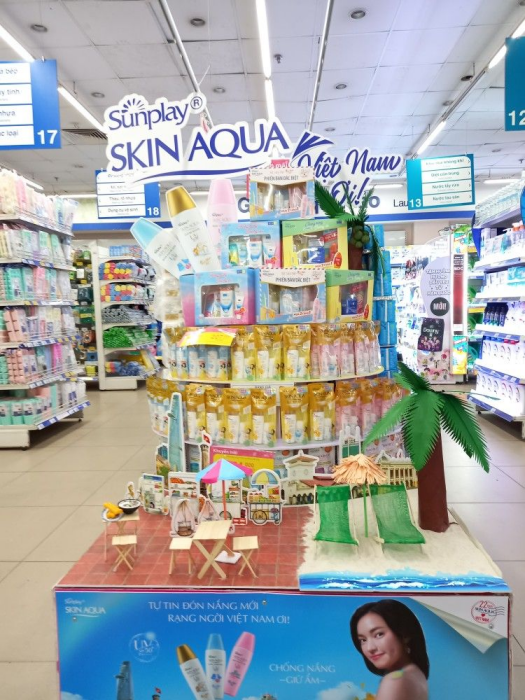
That plan sounds simple, but each step has its own challenges. I’ve spent 16 years helping brands navigate this process, from tiny startups to big names. Let me break down the exact steps I use with my clients. I want you to avoid the common mistakes I've seen and make your next launch a huge success.
What are the first steps in planning a cosmetic display campaign?
You have a great cosmetic product but no clear plan for promoting it. Starting a campaign feels overwhelming. Without a solid foundation, your budget gets wasted and real opportunities are missed.
Begin by defining your objectives, like a 20% sales lift, and identifying your exact target customer. Then, establish a realistic budget. These three elements are the foundation for every decision you will make, from the display design to the materials you use. It is a critical first step.

In my experience, almost every failed campaign I've seen skipped this part. People get excited about the design and forget about the strategy. It's a huge mistake. A successful launch starts with asking the right questions. Before you even think about colors or shapes for your display, you need to nail down your core strategy. I always guide my clients through three essential questions.
Your Three Core Pillars
First, what is your main goal? Do you want to sell more units, or do you want to introduce people to your brand? These are very different goals and require different displays. A sales-focused display might have bold "SALE" signs. A brand-awareness display might focus more on telling a story with beautiful graphics.
Second, who are you talking to? Describe your ideal customer. Are they a teenager looking for bold, glittery makeup, or a professional woman looking for subtle, high-quality skincare? Knowing this helps us choose the right style, colors, and message.
Finally, what is your budget? Be honest about it. Your budget determines the materials we can use, the size of the display, and any extra features like lights or testers. A clear budget prevents surprises and helps my team design the most effective solution for your money.
| Planning Step | Key Question | Why It Matters |
|---|---|---|
| Set Objectives | What do I want to achieve? | Guides the entire purpose and messaging of the display. |
| Define Audience | Who am I trying to reach? | Determines the design style, colors, and tone. |
| Establish Budget | How much can I invest? | Sets the realistic scope for materials and complexity. |
How do you design a cosmetic display that actually grabs attention?
Your beautiful new products just arrived. You know they are great, but how do you stop customers in a busy store? A boring display means your product will just blend in.
To grab attention, use a strong visual hierarchy with a clear focal point, like a large product image. Use colors that match your brand's emotion. Incorporate interactive elements like testers or mirrors. Keep your message simple—a powerful headline is all you need to draw someone in.
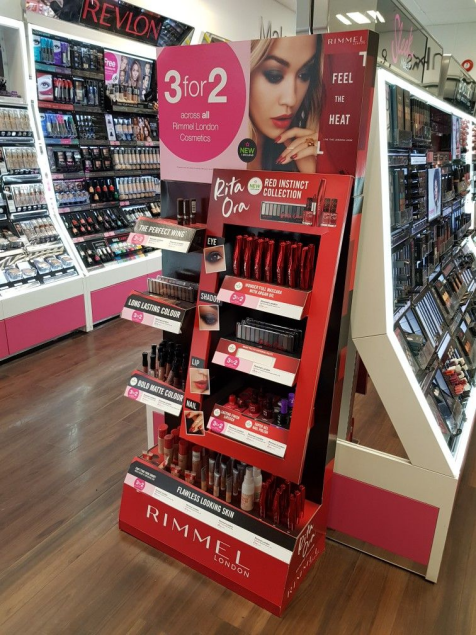
In retail, you only have about three seconds to catch a shopper's eye. That is not a lot of time. Your display has to work hard and fast. Over my 16 years in this business, I’ve learned that design isn't just about looking pretty. It's about psychology. It’s about understanding how people shop and making it easy for them to choose your product. When my team and I start designing, we focus on a few key areas to make sure the display performs.
The Science of Attraction
We start with structure. The shape of the display should be unique. If every other display on the aisle is a simple rectangle, maybe we create one with curves or an interesting angle. The goal is to break the pattern. Next, we work on graphics. A big, beautiful image of the product in use or a stunning model can create an immediate emotional connection.
Then we think about the customer's journey.
- The Headline: We need a short, powerful message at the top. Something like "Get the Glow" or "Your 5-Minute Solution." It should solve a problem for the customer.
- The Product: The actual products need to be easy to see and grab. We call this the "hero" area. We often use lighting or a color pop to draw attention right to the product.
- The Interaction: For cosmetics, this is so important. We always try to include a space for testers, a small mirror, or a QR code that links to a video tutorial. When a customer can touch and try the product, they are much more likely to buy it.
This process turns a simple cardboard stand into a powerful sales tool.
How can you align your display with your overall brand and marketing message?
You have an amazing online ad campaign. Your social media is getting tons of engagement. But then customers see your product in-store, and the display looks completely different. This disconnect confuses customers.
Your display is a physical piece of your marketing campaign. It must use the same colors, fonts, logos, and taglines as your digital ads and website. This consistency builds brand recognition and trust with your customers, making them feel more confident and comfortable about their purchase.

I once worked with a client who had a very successful online campaign with a minimalist, black-and-white theme. But their retail partner insisted on a colorful, flashy display. The result? Customers didn't connect the product in the store with the brand they saw online. Sales were disappointing. This taught me a valuable lesson: consistency is everything. Your custom display is not an island. It is a critical touchpoint in your customer's journey with your brand.
Creating a Cohesive Experience
To achieve this, my team always starts by asking for a brand style guide. This guide tells us everything we need to know.
- Color Palette: We use the exact color codes (like Pantone or CMYK values) to ensure the printed colors on the display perfectly match your brand colors.
- Typography: We use your brand's specific fonts for all text on the display. This creates a familiar feel for customers who have seen your brand online.
- Imagery: We use the same style of photography or illustrations that you use in your other marketing materials. If your ads feature a specific model, we try to include them on the display.
- Voice and Tone: The messaging on the display should sound like your brand. If your brand is playful and fun, we use that language. If it's clinical and professional, we use that language instead.
By treating the display as a core part of the marketing plan, we reinforce your brand's story. This builds trust and makes the final decision to buy much easier for the customer.
What are the key logistics to manage when rolling out custom displays?
The design is approved and looks amazing. You are excited to see it in stores. But then you hear reports of displays arriving late, damaged, or that store staff can't figure out how to assemble them.
The key logistics are shipping, assembly, and timing. Plan for flat-packed shipping to save costs and reduce damage. Provide simple, visual assembly instructions. Most importantly, coordinate the delivery date with the store's promotional calendar to ensure displays are ready on time for the launch.
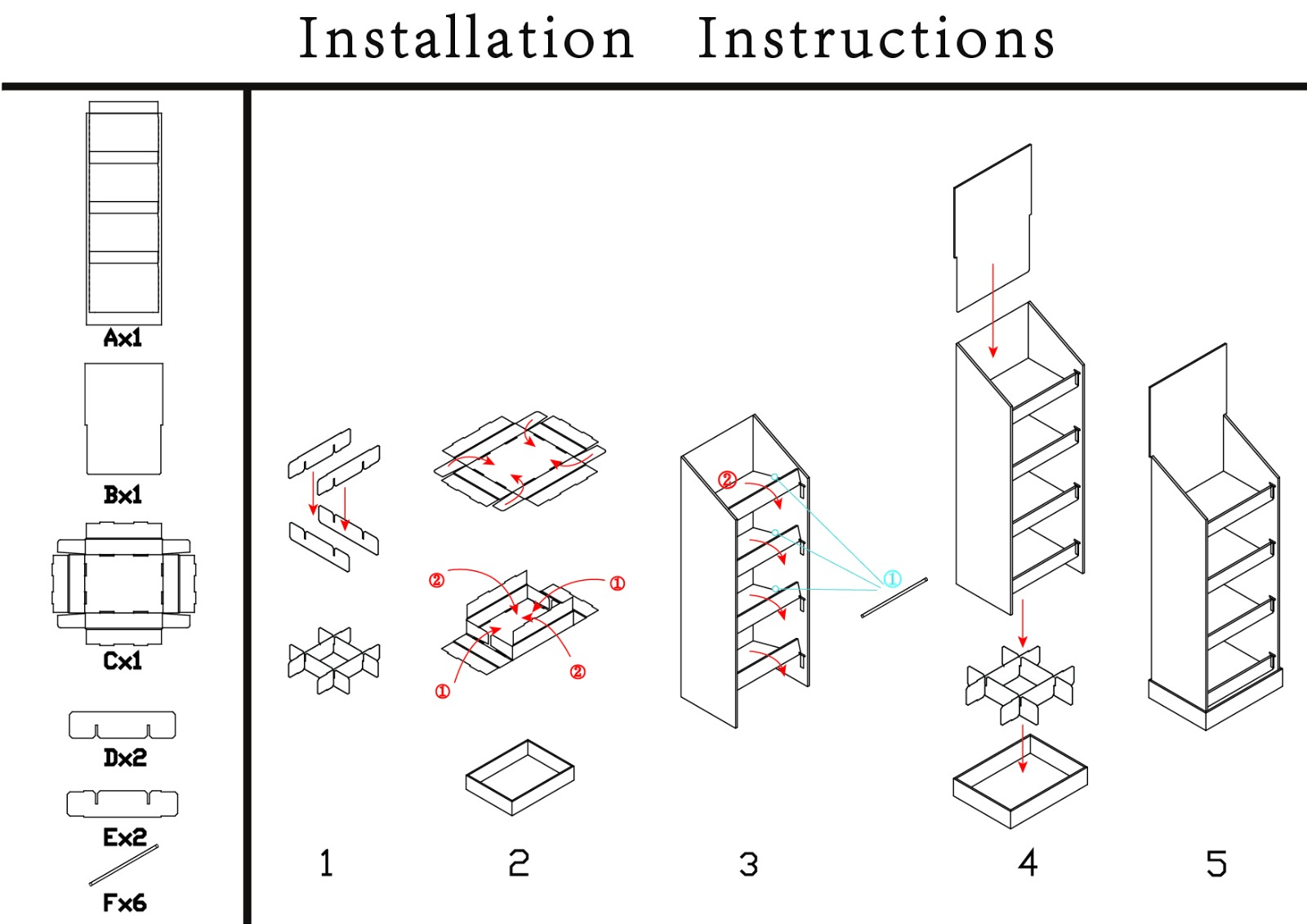
Logistics are the unglamorous part of the job, but they are often the difference between success and failure. I learned this the hard way many years ago. We designed a beautiful, but complex, display. We shipped it fully assembled to save the stores time. The problem was that many were damaged during shipping, and the cost was huge. It was a painful but valuable lesson. Now, we plan the logistics with the same care that we plan the design.
From Our Factory to the Store Floor
Here is the process we follow to ensure a smooth rollout for our clients. It’s all about planning ahead.
First, we design for shipping. Our default is to create displays that can be shipped flat. This dramatically cuts down on shipping costs and protects the display from damage. We use durable cardboard engineered to survive the journey.
Second, we focus on easy assembly. We know that the person setting up the display in the store is busy. They don't have time for complicated instructions.
- Simple Instructions: We create a one-page guide, mostly with pictures, not words. We avoid tiny screws or complex parts.
- Pre-Assembled Kits: We often pre-tape or pre-fold certain sections to make the final assembly take just a few minutes. I always say, "If you can't build it in five minutes, it's too complicated."
Finally, we manage the timeline. We work backward from your launch date. We determine the production time, shipping time, and give a buffer for any potential delays. We coordinate with your team and the retailers to make sure everyone knows when the displays will arrive. This careful planning prevents the nightmare of a product promotion starting without the displays on the floor.
How do you measure the success of your cosmetic display promotion?
Your promotion is live, and the displays look fantastic in the stores. But how do you know if they are actually working? Without data, you are just guessing and cannot improve next time.
To measure success, track the sales uplift by comparing sales data from the display's location before and during the promotion. You can also use a QR code on the display to measure customer engagement. Finally, collect feedback directly from store managers to get qualitative insights.

In business, what gets measured gets managed. You have invested time and money into these custom displays, so you need to know your return on that investment. I always encourage my clients to think about measurement from the very beginning of the planning process. It is not an afterthought. Knowing what you will measure helps you design a smarter display in the first place. For example, if you want to track digital engagement, we need to design a clear spot for a QR code.
Turning Data Into Decisions
There are a few simple but powerful ways to track performance. We recommend using a combination of methods to get a full picture of the campaign's impact.
- Sales Data: This is the most important metric. Get sales data from the specific stores where the displays are placed. Compare the sales volume for the product during the promotion to the period right before it. A clear increase shows the display is doing its job.
- Digital Tracking: We often add a unique QR code to the display. This code can link to a special landing page, a "how-to" video, or a discount offer. By tracking how many people scan the code, you can measure how well the display is engaging customers beyond just the initial glance.
- Store Feedback: Don't underestimate the value of talking to people. Ask the store managers or employees for their thoughts. Did customers comment on the display? Was it easy to restock? Their on-the-ground feedback is priceless for planning your next campaign.
| Measurement Method | What It Tells You | How to Do It |
|---|---|---|
| Sales Lift | The direct impact on revenue. | Compare sales data before and during the promotion period. |
| QR Code Scans | Customer interest and engagement. | Use a unique QR code and track scans through an analytics tool. |
| Store Staff Surveys | Real-world performance and usability. | Send a short email or make a quick call to store managers. |
Conclusion
Planning and executing a cosmetic launch with custom displays requires strategy. By following these steps, you can create a campaign that not only looks great but also delivers real, measurable business results.



